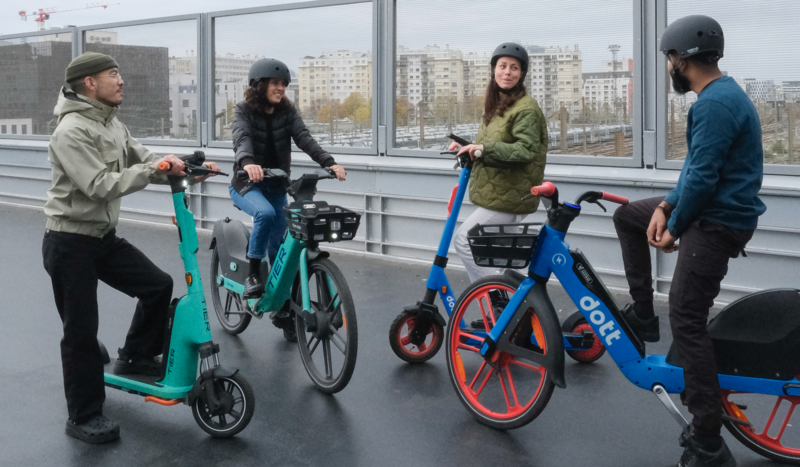Introduction
As cities strive to become more sustainable and accessible, shared bikes have emerged as a popular complement to public transportation systems. With the rapid growth of bike-sharing systems, there is a pressing need for accurate demand prediction and optimal allocation of shared bikes around urban rail transit stations. In this blog post, we will delve into the fascinating world of demand prediction and optimal allocation strategies for shared bikes, and how these insights can transform urban mobility.
The Challenge: Predicting Demand and Allocating Shared Bikes
Bike-sharing systems have become an integral part of urban transportation networks worldwide. However, one of the primary challenges faced by these systems is the imbalance of bike supply and demand around urban rail transit stations. This imbalance can lead to a shortage of bikes at popular stations, while other stations may have a surplus.
To tackle this challenge, researchers and city planners are focusing on predicting bike-sharing demand and developing optimal allocation strategies to ensure that shared bikes are available where and when they’re needed most.
Demand Prediction: Data-driven Approaches
Predicting bike-sharing demand is a complex task that requires consideration of various factors such as weather, time of day, day of the week, and local events. Researchers are using advanced data-driven techniques, including machine learning and artificial intelligence, to analyze historical bike-sharing data and extract valuable insights for demand prediction (Zheng et al., 2020).
These data-driven models can help identify patterns and trends in bike-sharing usage, allowing city planners to anticipate demand fluctuations and make informed decisions about bike allocation.
Optimal Allocation Strategies: Balancing Supply and Demand
Once demand predictions are in place, the next step is to develop optimal allocation strategies for shared bikes around urban rail transit stations. This involves determining the number of bikes to be placed at each station to maximize overall system efficiency while minimizing operational costs (Ma et al., 2018).
Researchers are using optimization algorithms and mathematical models to find the best allocation strategies that account for various constraints, such as bike capacity at stations, maintenance requirements, and user preferences.
The Impact: Transforming Urban Mobility
By accurately predicting demand and optimally allocating shared bikes around urban rail transit stations, cities can significantly enhance the efficiency and sustainability of their transportation networks. These insights can help reduce wait times for users, ensure more balanced bike distribution, and ultimately contribute to a more seamless urban mobility experience.
Moreover, these advancements can help reduce greenhouse gas emissions by encouraging more people to choose environmentally friendly modes of transportation like shared bikes and public transit.
Conclusion
Demand prediction and optimal allocation of shared bikes around urban rail transit stations are crucial components of creating sustainable and efficient urban transportation networks. By leveraging data-driven techniques and optimization strategies, cities can ensure that shared bikes are available when and where they’re needed most, enhancing the overall urban mobility experience for their residents.




